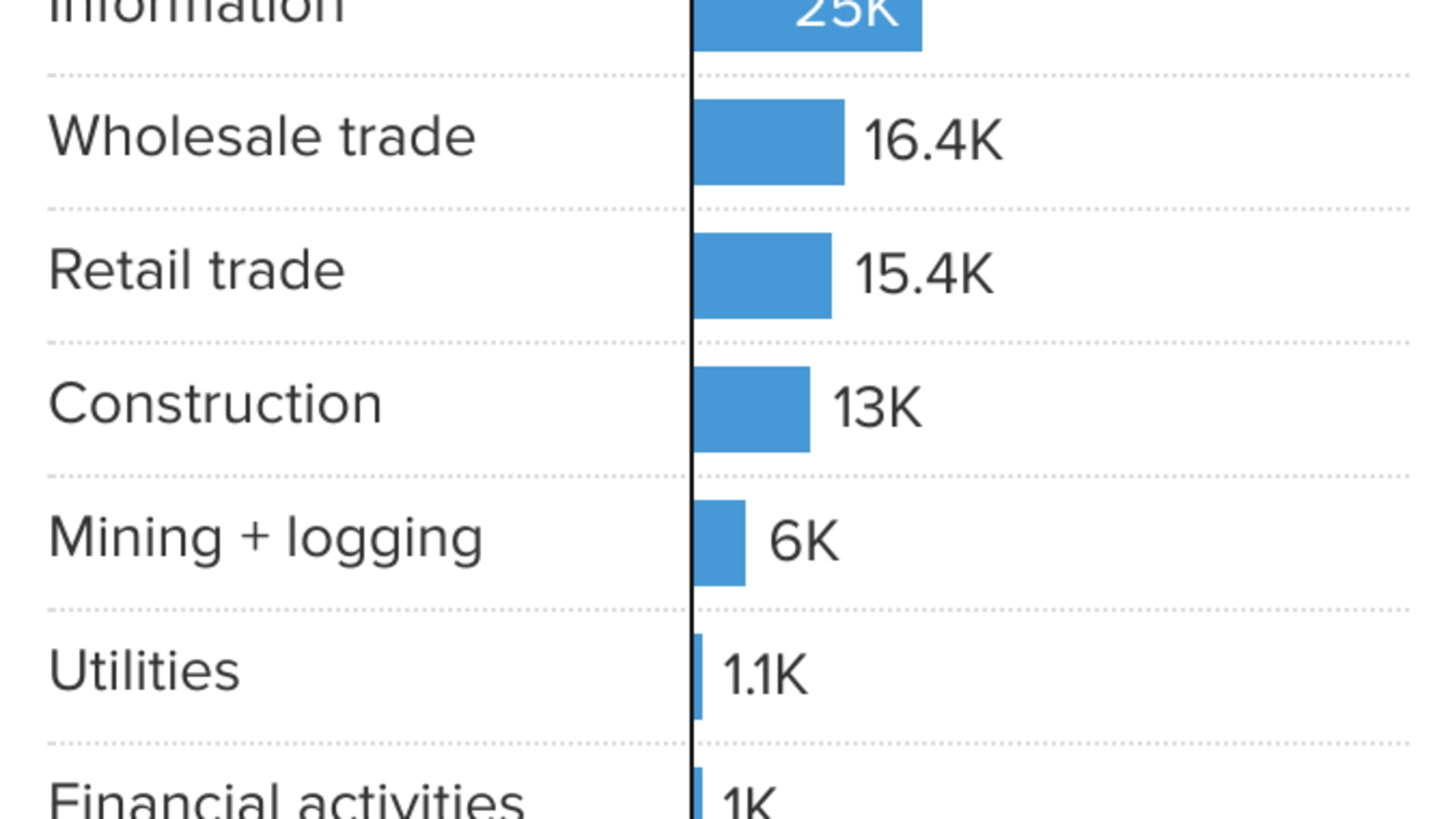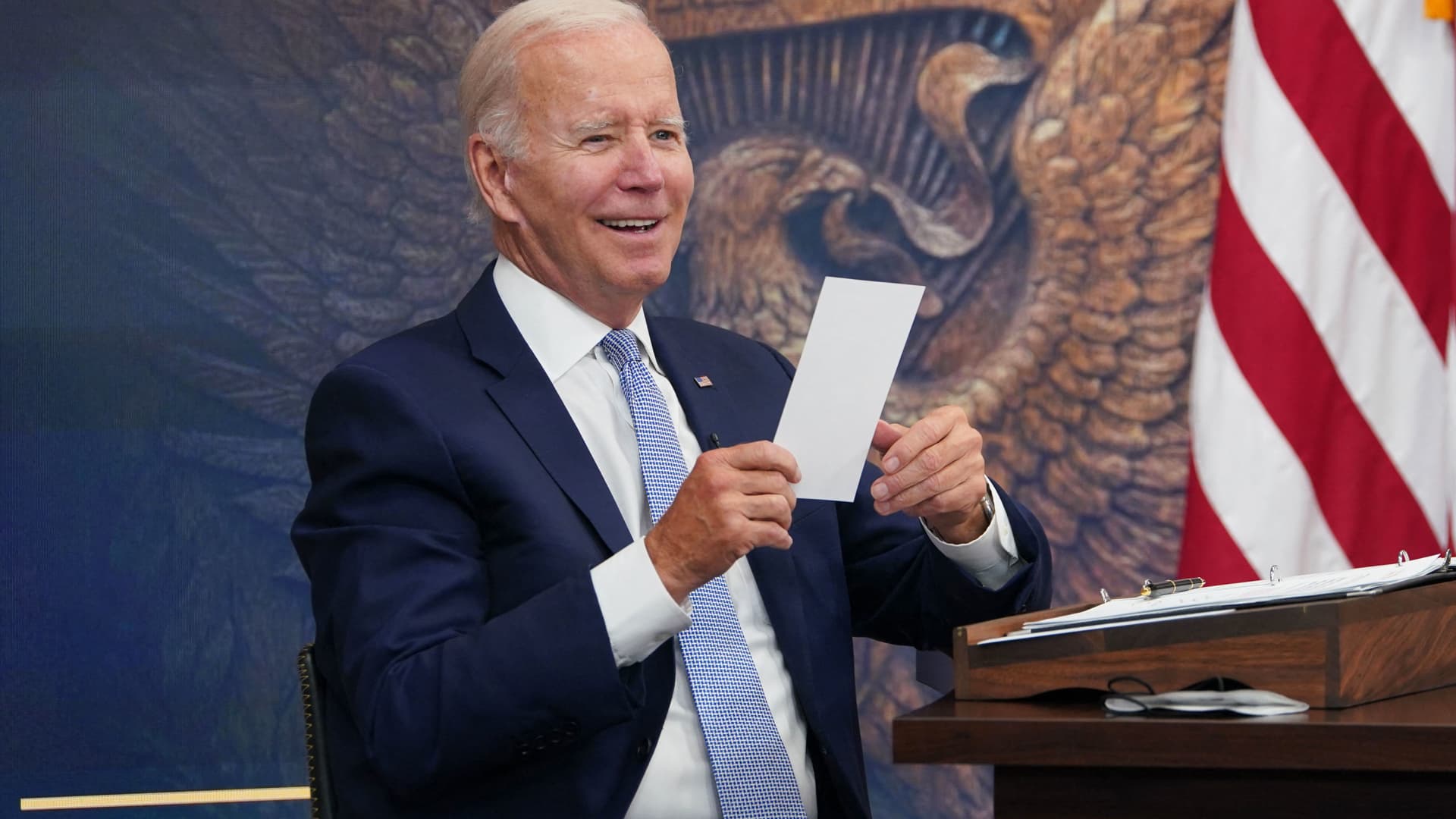US Markets
Monday, August 1st, 2022 8:43 am EDT

Inflation has been causing economic hardship for workers across all income levels.
As of June, 61% of Americans — roughly 157 million adults — lived paycheck to paycheck, according to a new LendingClub report. That’s up from 58% who reported living paycheck to paycheck in May. A year ago, the number of adults who felt stretched too thin was 55%.
Even top earners have been struggling to make ends meet, the report found. Of those earning $200,000 or more, 36% reported living paycheck to paycheck, a jump from the previous month.
Another recent survey, from consulting firm Willis Towers Watson, estimated 36% of those earning $100,000 or more said they were living paycheck to paycheck.
More from Personal Finance:
What a recession could mean for you
Best money moves after the Fed’s interest rate hikes
Nearly half of all Americans are falling deeper in debt
Inflation has been an ongoing problem
Although average hourly earnings are up 5.1% from a year ago, prices have been rising even faster, especially for groceries and — until quite recently — gasoline, so paychecks can’t stretch as far.
The Consumer Price Index, which measures the average change in prices for consumer goods and services, jumped a higher-than-expected 9.1% in June, the fastest pace since 1981.
Another key inflation gauge, the Personal Consumption Expenditures Price Index, which measures the price change in goods and services consumed by all households, also jumped 6.8%, the biggest 12-month move since 1982.
Taken together, this data shows Americans are shelling out more to cover their monthly expenses, making it increasingly difficult to make ends meet. As a result, they’re dipping into their cash reserves and nearly half are falling deeper in debt.
Among all consumers, average savings dropped to $10,757 in June from $11,274 in May, LendingClub also found.
Those struggling to afford their day-to-day lifestyle tend to rely more on credit cards and carry a higher monthly balance, making them financially vulnerable, the survey said.
For its part, the Federal Reserve hiked its target federal funds rate by 0.75 percentage point a second consecutive time in an effort to calm runaway inflation.
The central bank has indicated even more increases are coming until inflation shows clear signs of a pullback.
This post has been syndicated from a third-party source. View the original article here.




